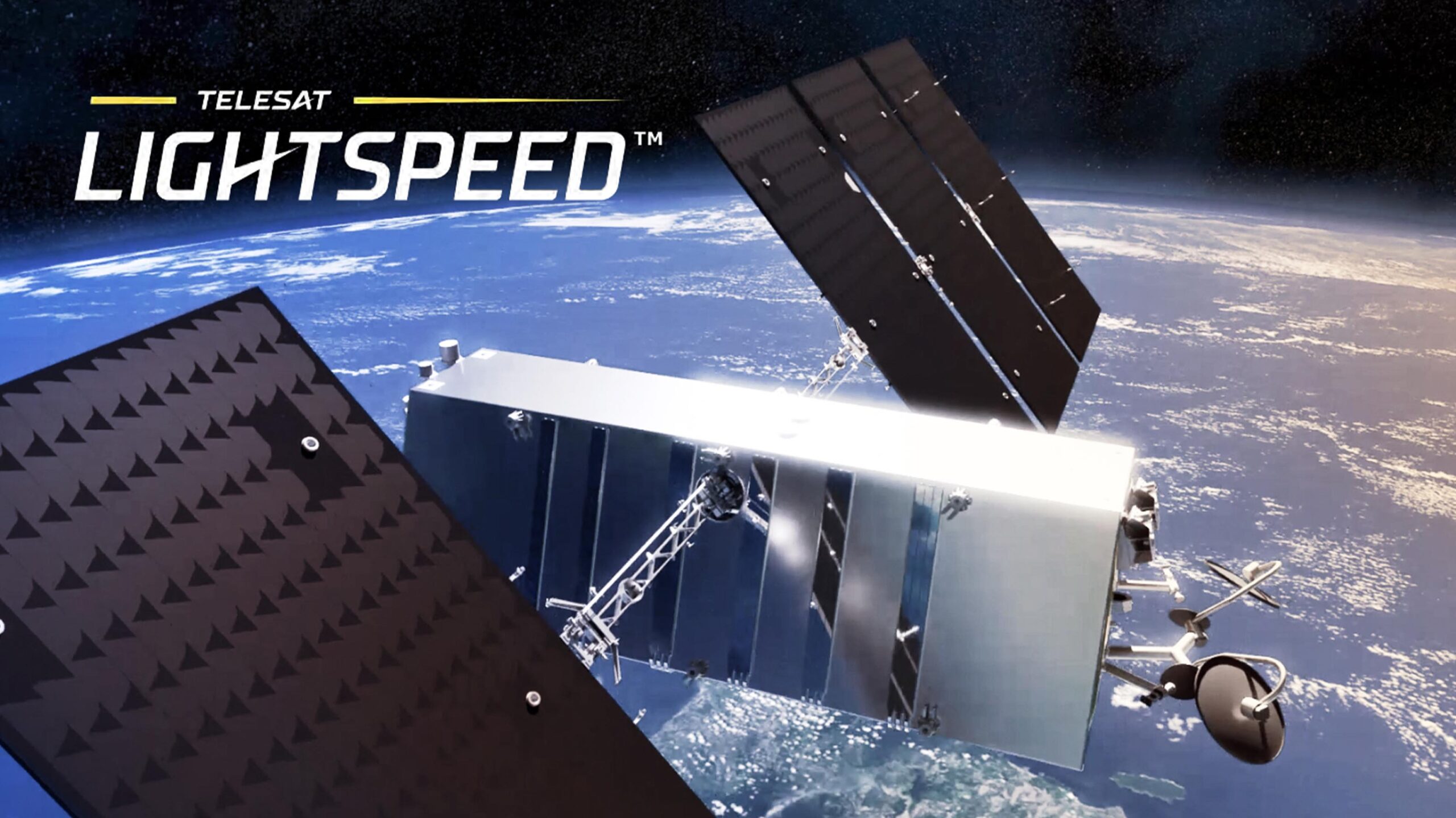
The Quebec government announced plans to invest $400 million in Telesat’s ‘Lightspeed’ low-Earth orbit (LEO) communications network. Further, Canadian space technology developer MDA will produce phased array antennas for the Lightspeed satellite constellation under a memorandum of understanding announced February 18th.
In a press release shared by Telesat, the Canadian satellite company said Lightspeed would create 600 high-paying STEM jobs. Additionally, the program will “leverage Quebec’s substantial aerospace expertise and infrastructure, and allow the province to harness the significant economic growth from the burgeoning New Space Economy.”
The Quebec investment includes $200 million in preferred equity and a $200 million loan. Telesat expects to complete the final agreement in the coming months. It’s worth noting that this investment follows a ten-year federal government investment of $600 million in Telesat.
On February 9th, Telesat announced it selected Thales Alenia Space, a French-Italian aerospace manufacturing company, to build 298 satellites for the Lightspeed constellation. Telesat’s target markets are network operators, internet service providers, governments and more, Telesat CEO Dan Goldberg told SpaceNews at the time.
Goldberg also said Telesat doesn’t view Elon Musk’s SpaceX and Starlink as a direct competitor. He explained that Telesat is a business-to-business provider and isn’t focused on consumer broadband.
Along with the Quebec government investment, Telesat will establish a campus in the province to house Lightspeed’s technical operations. That includes network operations, satellite control, cybersecurity, an engineering laboratory and more. The campus will host about 320 new jobs.
As for MDA, a February 18th news release said the company was “in advanced discussions with Thales Alenia Space for the Lightspeed satellites’ final assembly and manufacturing in Quebec.”
MDA will develop the Direct Radiating Array (DRA), a revolutionary phased array, electronically-steered multi-beam antenna that will provide unlimited coverage flexibility and agility through advanced beam-forming technology. This configuration will achieve any-beam, anytime, anywhere coverage over the entire visible Earth,” MDA said in the release. The company plans to deliver over 1,000 units.
In 2019, Telesat signed an agreement with Jeff Bezos’ Blue Origin to launch satellites.
Image credit: Telesat
MobileSyrup may earn a commission from purchases made via our links, which helps fund the journalism we provide free on our website. These links do not influence our editorial content. Support us here.


